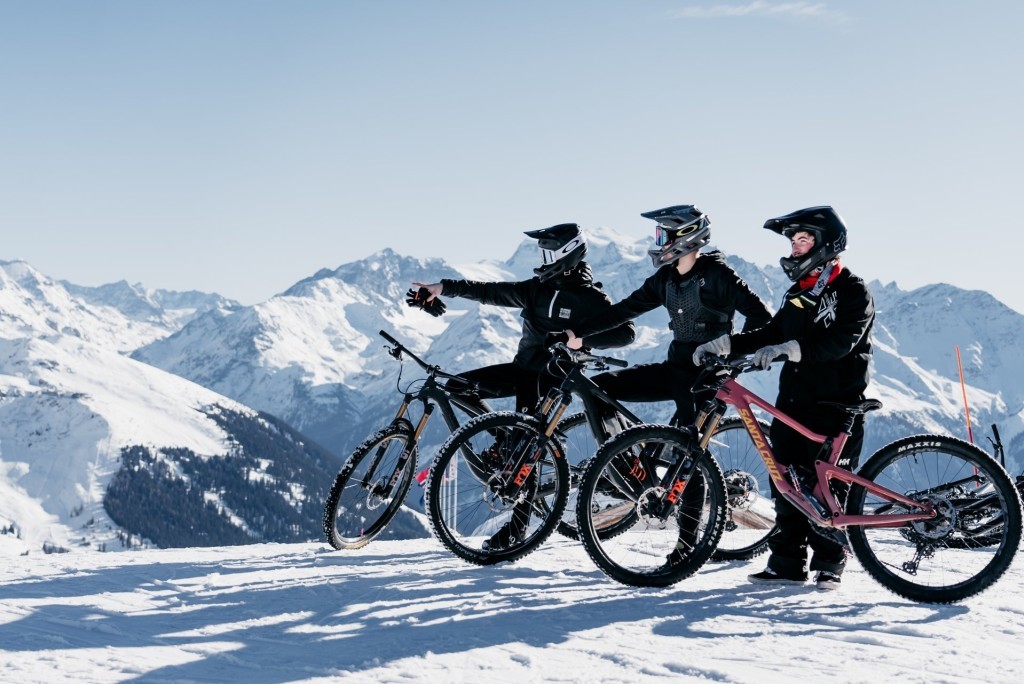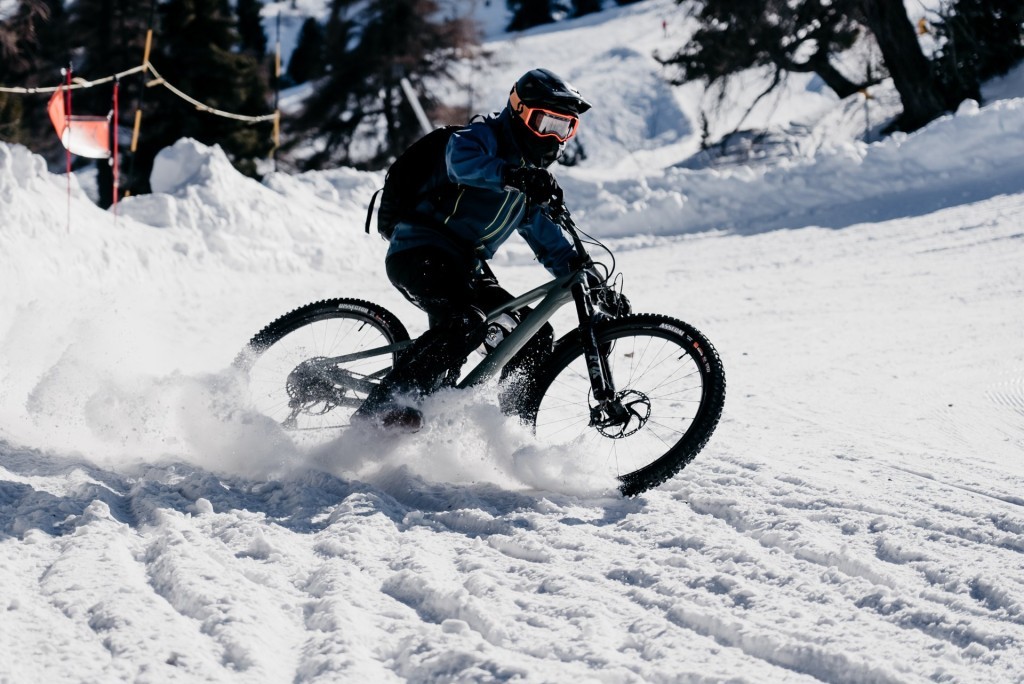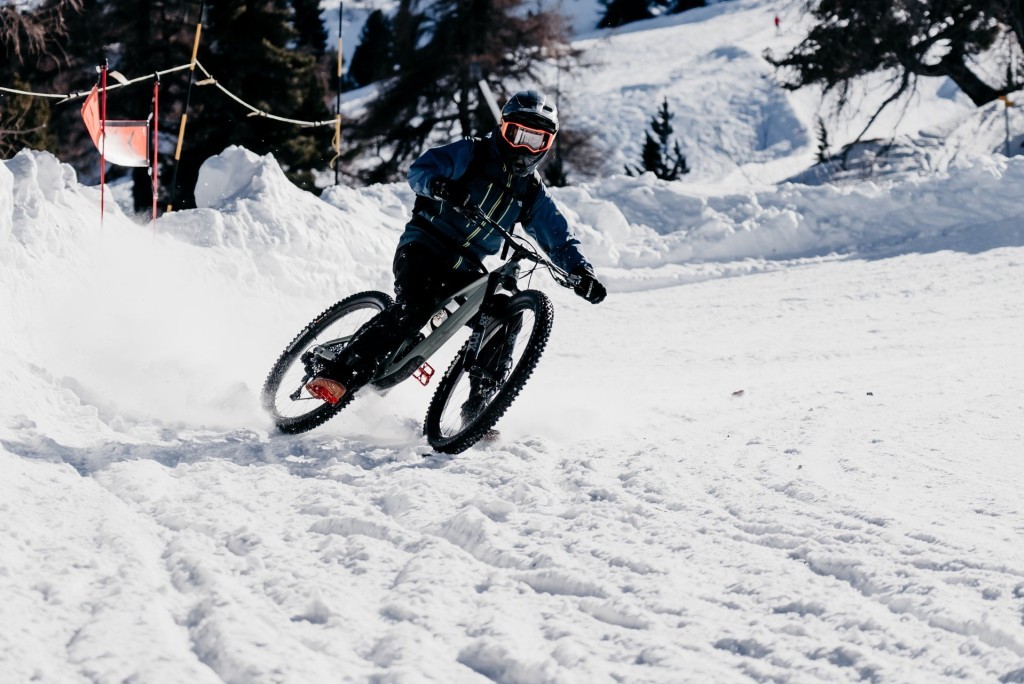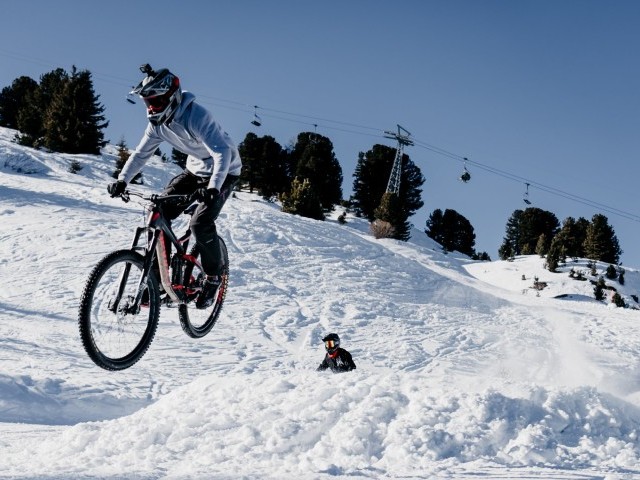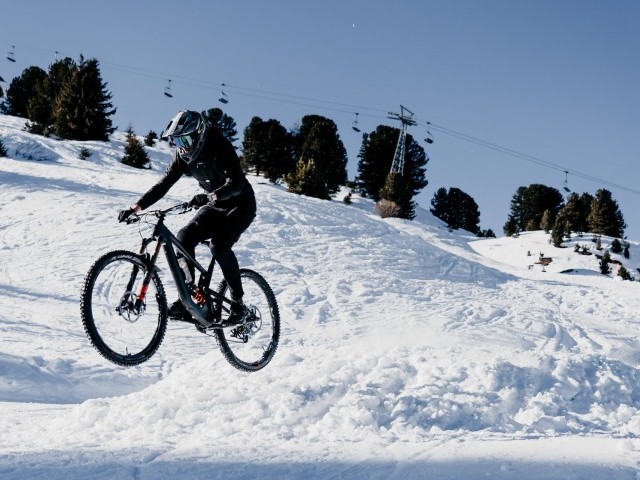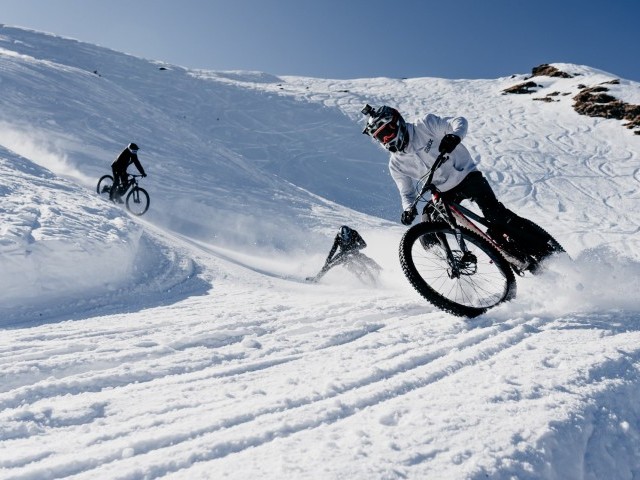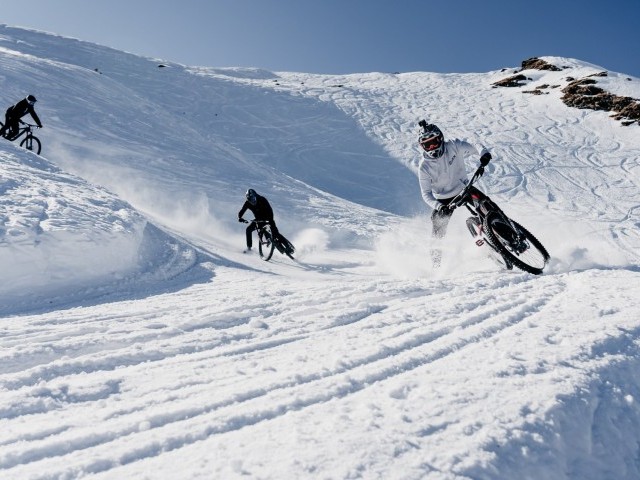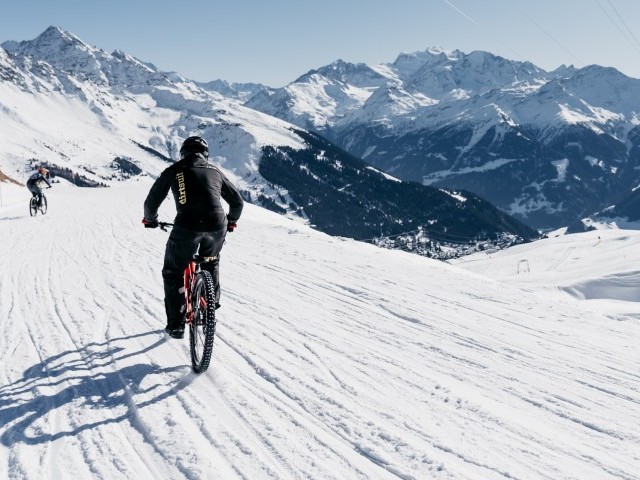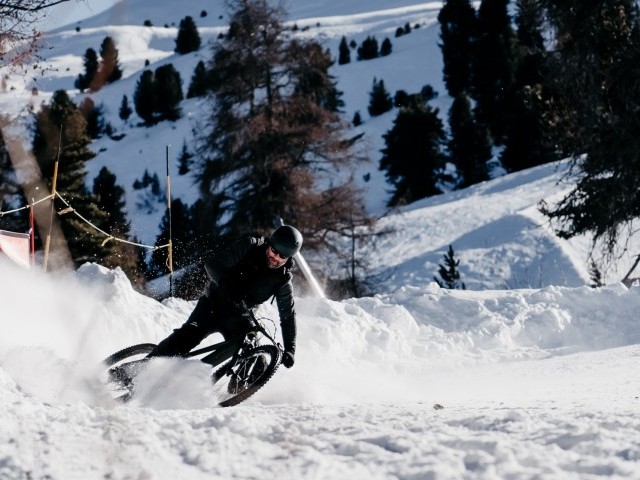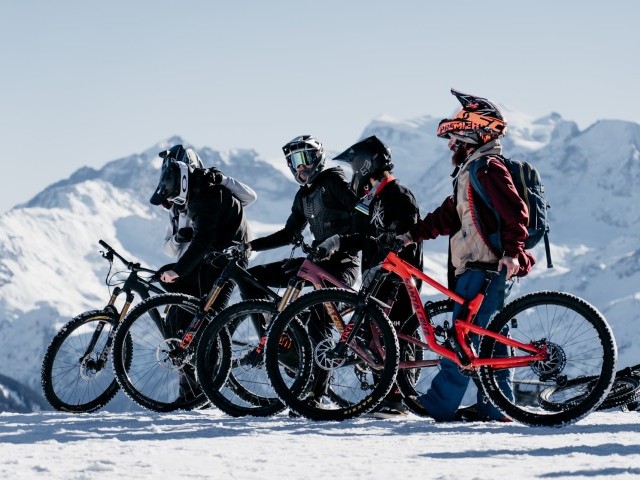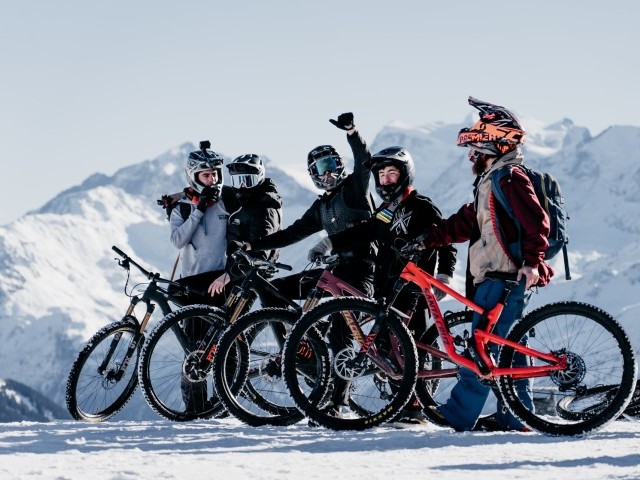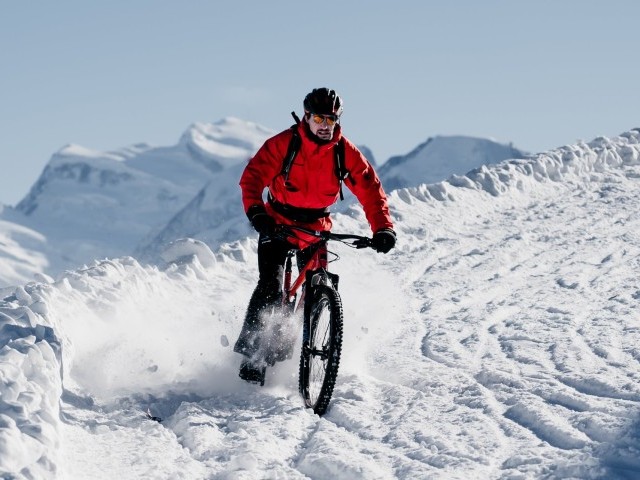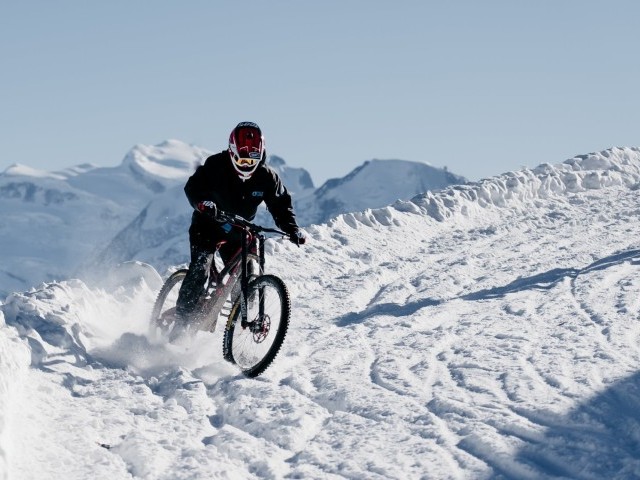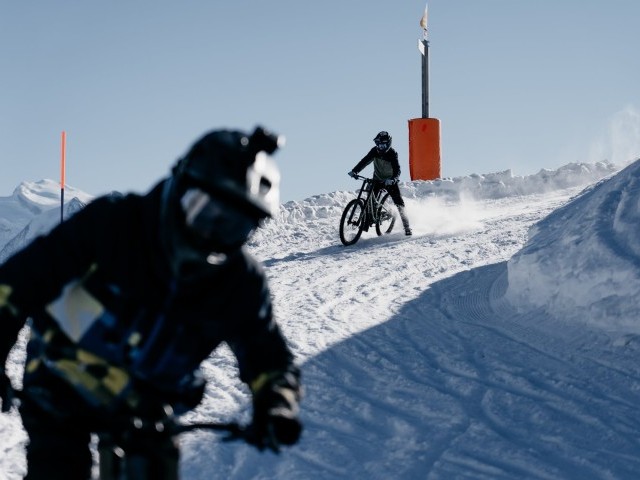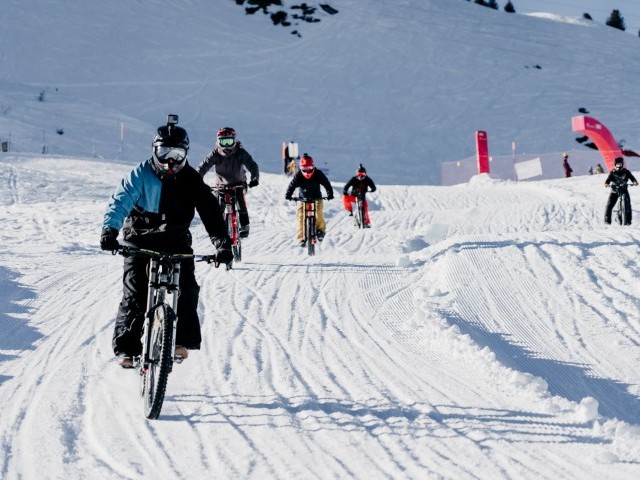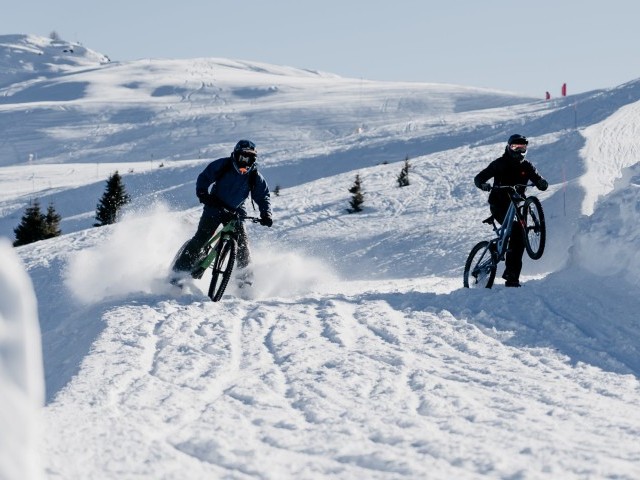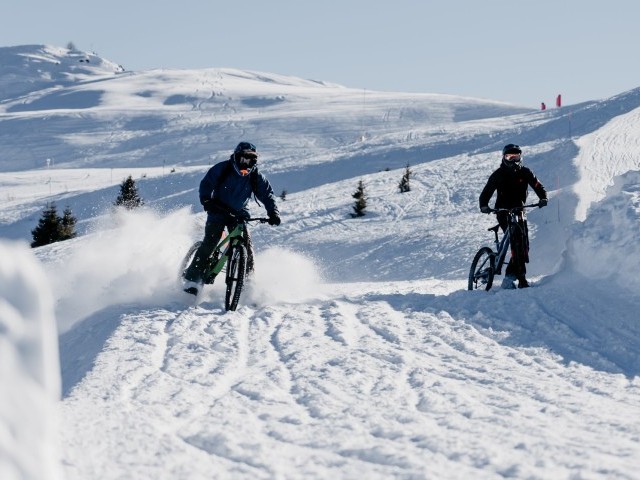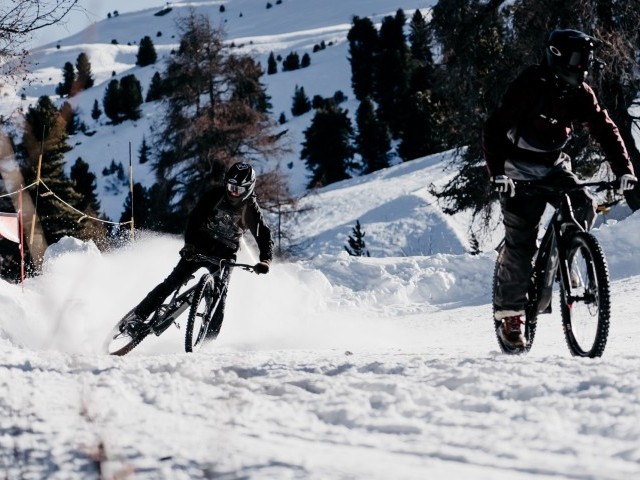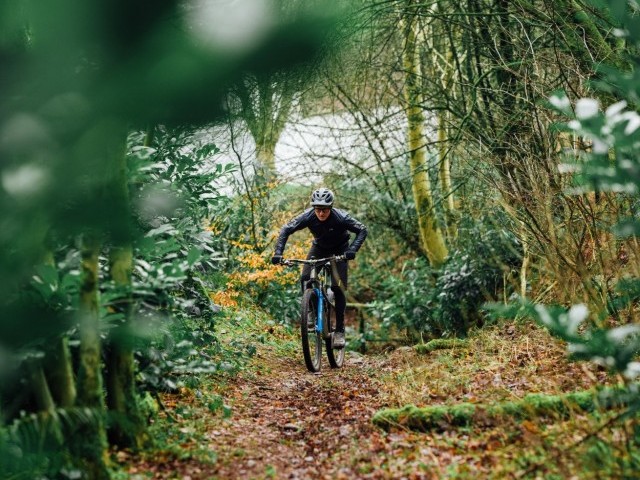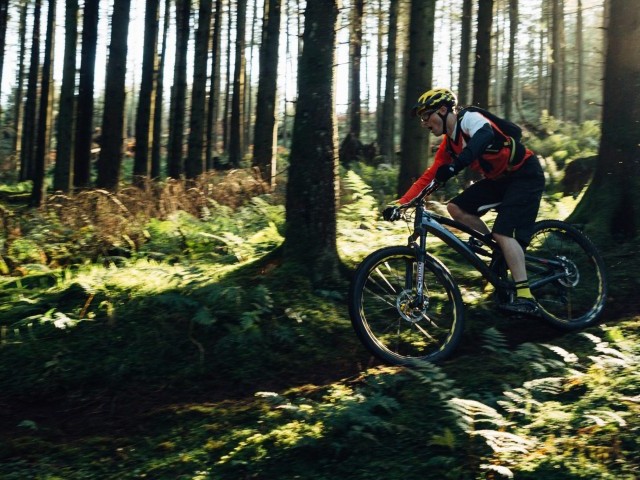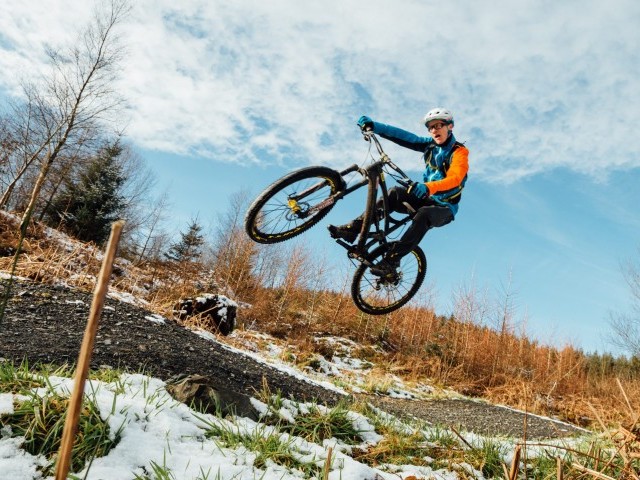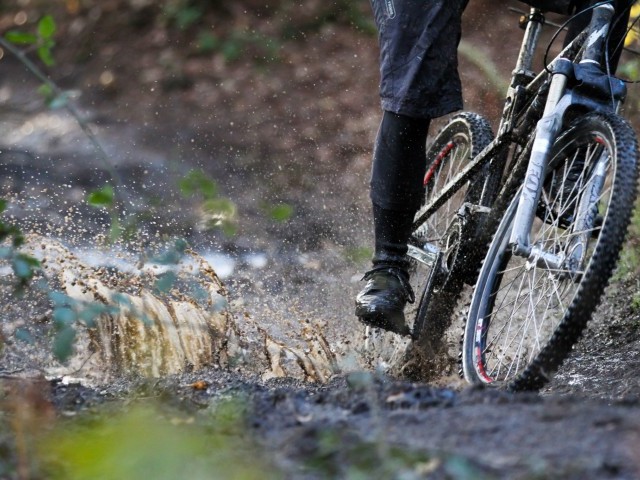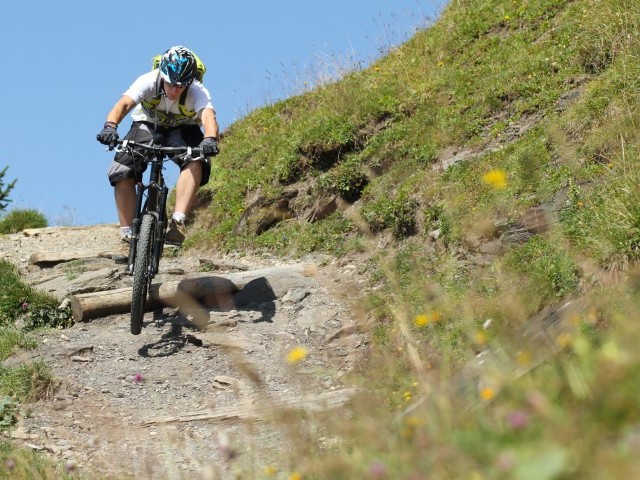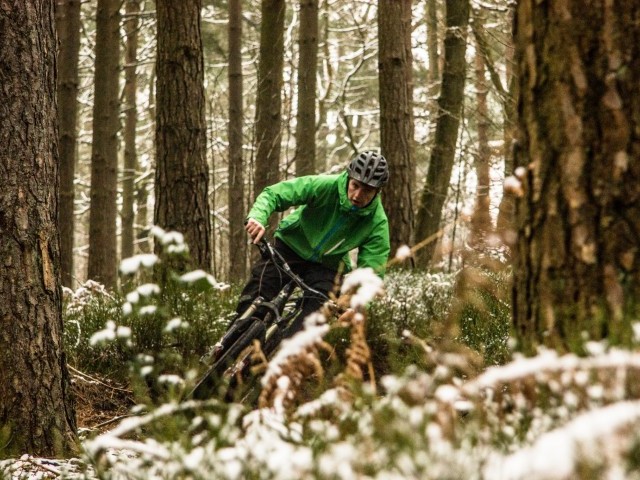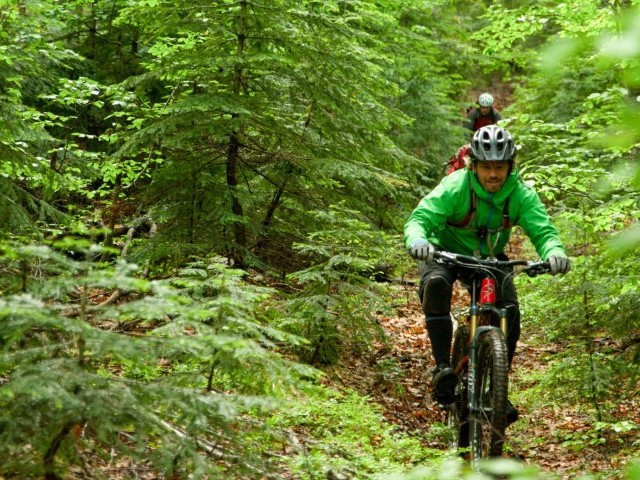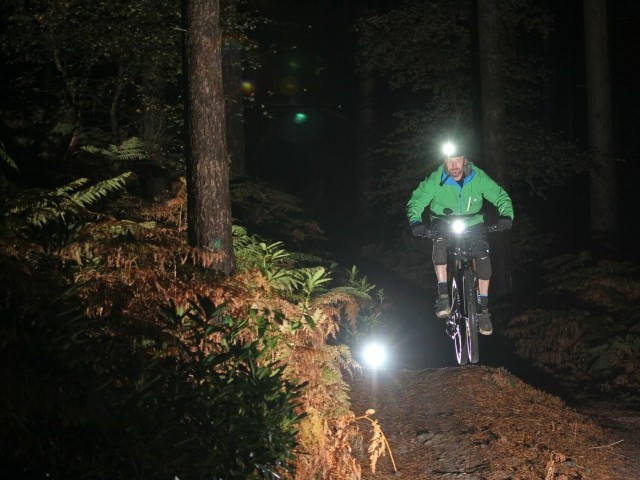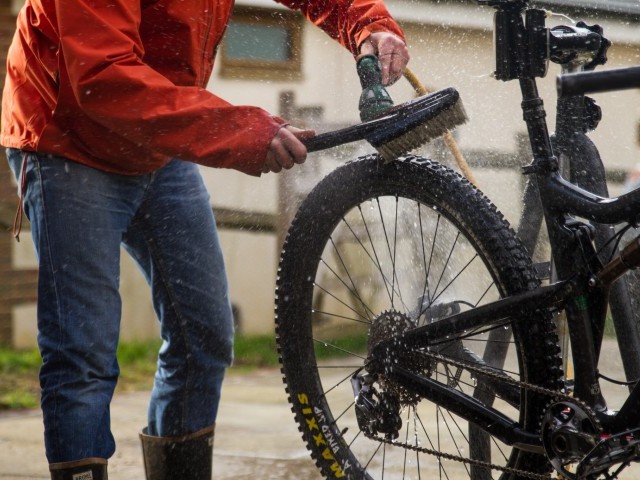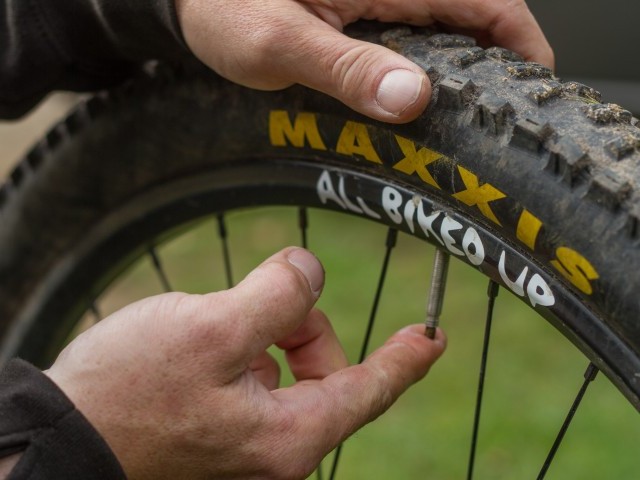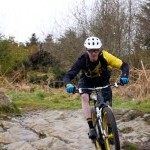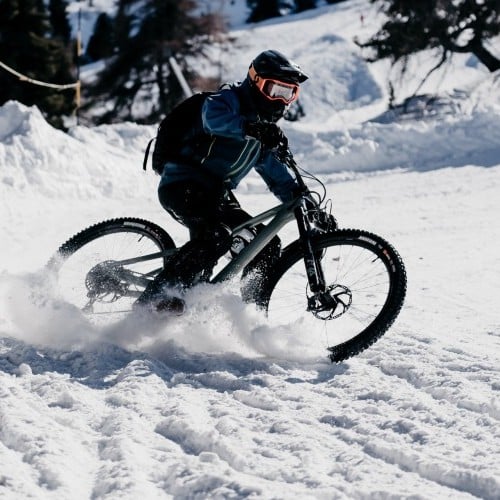
Riding on Snow
Technique / Seasonal Riding
Introduction
Winter is here and depending on where you’re positioned on this globe this means you get to ride in some murky conditions. Now most people have been out on the bike in the mud before, but when it comes to riding on snow, it’s a new ballgame. Grip is limited to an absolute minimum and to make it out alive you need some tricks up your sleeve. In this Technique article we’re going over a plan of attack to keep your rubber side down while riding the white wave and if you do choose to head out when the world is white, you’ll find out that it will help you gain valuable bike handling skills for the summer months too.
Grip it’s a little like money, it’s only important when you run out of it. So when you’re heading out for a ride where there's snow involved the first move will be tire choice. Now in some northern countries you can actually buy studded tires over the shelf, the downside is that they turn your wheels into a saw blade. Fairly dangerous when your rear end is dangling over the rear tire, you catch my drift? So to avoid slicing yourself or anyone else open, I’d stick to a mud tire or at least a tire with a big open profile. The longer the knobs the better, think of something like a Magic Mary / Maxxis Shorty or even better a Dirty Dan or a Wetscream. Adjust that tire pressure too. Lower is better, offering more grip and better snow clearance.
If you’re a clipped in guy or gal, then this is the perfect time to give flat pedals a try. You’re going to slip and slide, and you want to be lightning fast when it comes to putting a foot down. Beside that, clips don’t work that well in snowy conditions. The snow clogs up your pedal and cleat mechanism, often making it hard to clip in, or worse unclip.
Another thing useful when heading out in these conditions is a proper fender / mudguard. Pick one with as much tire clearance as possible because there will be snow building up all over your bike. On the rest of the gear list will be layers. Lots of them to keep you warm, but more layers also helps in regulating your body temperature. A good wind breaker is especially important as the airflow when riding fast in freezing weather gets you cold to the bones. Same goes with gloves, and while you’re at it, bring some spares too. In these conditions losing a glove can have serious consequences.
Once kitted out with the right tools for the job it’s time to head out for a slip and slide! Reading the terrain is always an important part of the tasklist when riding offroad but in the snow it can mean the difference between riding and going over the bars. The temperature is key, as the warmer the snow gets, the more your wheels sink into it. With deep patches of snow this inevitably means that you’re ejected out the front. Keep your eyes peeled for discolorations in the snow, tire marks of other riders and try to detect any soft spots. Avoid them if you can, but if you must cross make sure you stay relaxed, and put your weight slightly off centre to the back of the bike. That way when your front wheel does make a deep dive, you’re ready.
Weight positioning is actually one of the most important things when it comes to riding on snow. Even when riding on a hardpack snow surface like a ski slope you're going to notice how small shifts in your upper body make a huge difference in which direction you’re headed. Riding the white stuff is best done by positioning yourself slightly off the back of the bike and lowering your body position. The deeper and softer the snow, the further you need to hang back to prevent the front from diving. When possible, don’t hang all the way behind your saddle. Just a little off centre towards the rear will do, as by unweighing the front you also lose the ability to change direction.
Avoid all sudden movements! By making very slow and gentle adjustments in your body position you will be able to point your bike in the right direction, just do it slowly, almost as if you’re doing everything in slow motion. This makes it important to look as far ahead as you can. Plan your line and more importantly where you brake and turn.
It’s also key to stay loose and relaxed. It’s slippery so the bike will move beneath you, and you shouldn’t fight it either. You will lose the fight I guarantee you! Relax those arms and wiggle those hips as you realise you’re a passenger on your bike today. Just try to keep that speed in check and look out for those soft patches. On the climbs, try to keep a smooth cadence and stay in the saddle. Pick your line carefully and make sure to have fun. You will not get any KOM’s on a snowy bike ride!
Love them or hate them, E-bikes are great fun in the snow. The added power makes climbing easier and you’ll love the feeling of the rear wheel spinning on the way up. Make sure you don’t hit the Turbo mode though, with that amount of power on the rear wheel, you’re bound to end up sideways or worse, upside down!
Whether you’re going to stick to dog walks and pub visits or head out onto the trails, I hope you enjoyed these tips and will help you have a blast next time it snows.
This technique article was in Issue 73 of IMB.
Related
By Clive Forth
Clive Forth is a rider who has been there, done that, got the t-shirt and cleaned his bike with it. He has grown with the UK scene and technological developments for the last 30 years and has competed at all levels in all disciplines riding for some prestigious brands along the way. Always looking for that extra edge with endless passion and drive he is geared up to bring you the inside line on all aspects of mountain biking skills and technique.



